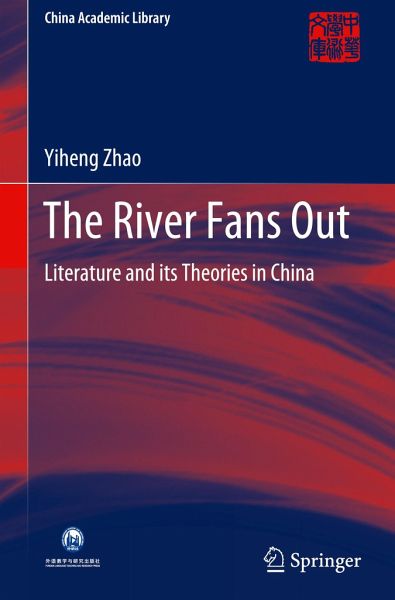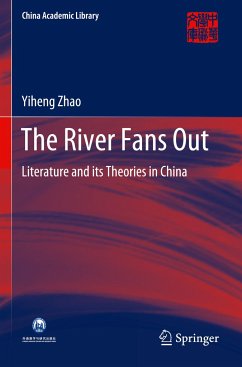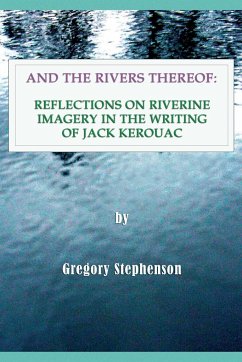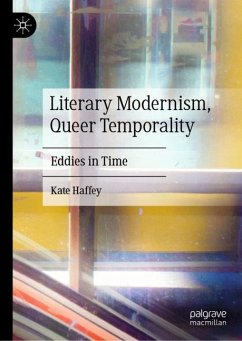
The River Fans Out
Literature and its Theories in China
Versandkostenfrei!
Versandfertig in 6-10 Tagen
38,99 €
inkl. MwSt.
Weitere Ausgaben:

PAYBACK Punkte
19 °P sammeln!
This book presents 18 highly influential essays on Chinese literature and semiotics by Professor Zhao Yiheng, including his analysis and discussions of the development of Chinese literature and its characteristics from traditional to modern times. It is divided into three parts: traditional Chinese literature, contemporary Chinese literature, and semiotics. In the first part, Professor Zhao summarizes the core elements of narrative cultural relations, ethical dilemmas, and narrative features. He also provides a comprehensive description of the formal structures in Chinese traditional literatur...
This book presents 18 highly influential essays on Chinese literature and semiotics by Professor Zhao Yiheng, including his analysis and discussions of the development of Chinese literature and its characteristics from traditional to modern times. It is divided into three parts: traditional Chinese literature, contemporary Chinese literature, and semiotics. In the first part, Professor Zhao summarizes the core elements of narrative cultural relations, ethical dilemmas, and narrative features. He also provides a comprehensive description of the formal structures in Chinese traditional literature. Taking the traditional Chinese play White Rabbit as a case, he discusses the connections between the narrative structure and the characteristics of Chinese novels and stratification of Chinese culture.














